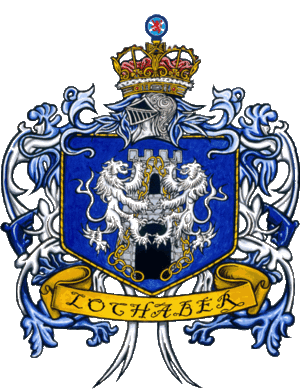Sir
Sir is an honorific used as a title (see Knight), or as a courtesy title to address a man without using his given or family name in some English speaking cultures. It is often used in formal correspondence (Dear Sir, Right Reverend Sir).
The term is often reserved for use only towards equals, one of superior rank or status, such as an educator or commanding officer, an elder (especially by a minor), or as a form of address from a merchant to a customer.
Equivalent terms of address are "ma'am" or "madam" in most cases, or in the case of a very young woman, girl, or unmarried woman who prefers to be addressed as such, "miss". The equivalent term for a knighted woman is Dame, or "Lady" for the wife of a knight.
Origin
Sir derives from the Middle French honorific title sire (messire gave 'mylord'), from the Old French sieur (itself a contraction of Seigneur meaning 'lord'), from the Latin adjective senior (elder), which yielded titles of respect in many European languages. The form sir is first documented in English in 1297, as title of honor of a knight or baronet, being a variant of sire, which was already used in English since at least c.1205 as a title placed before a name and denoting knighthood, and to address the (male) Sovereign since c.1225, with additional general senses of "father, male parent" is from c.1250 and "important elderly man" from 1362.
Formal styling
In formal protocol Sir is the correct styling for a knight or a baronet (the UK nobiliary rank just below all peers of the realm), used with (one of) the knight's given name(s) or full name, but not with the surname alone ("Sir James Paul McCartney", "Sir Paul McCartney", or "Sir Paul", but never "Sir McCartney"). The equivalent for a woman is Dame, that is, for one who holds the title in her own right; for such women, the title "Dame" is used as "Sir" for a man, that is, never before the surname on its own. This usage was devised in 1917, derived from the practice, up to the 17th century (and still also in legal proceedings), for the wife of a knight. The wife of a knight or baronet now, however, is styled "Lady [Surname]" (e.g. "Lady McCartney", but never "Lady Linda McCartney," which is reserved for the daughter of a duke, marquess or earl, or now, more recently, for a female member of the Orders of the Garter and the Thistle who possesses no higher title).
Chat rooms • What links here • Copyright info • Contact information • Category:Root
